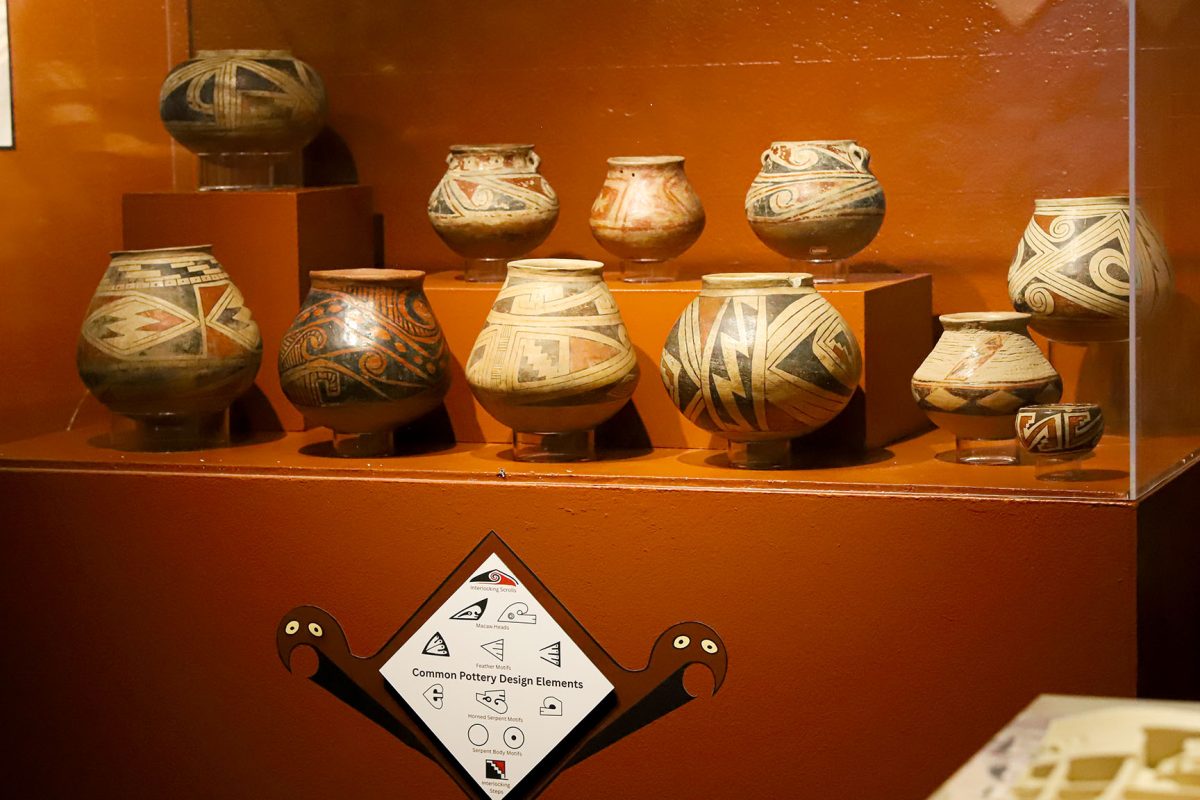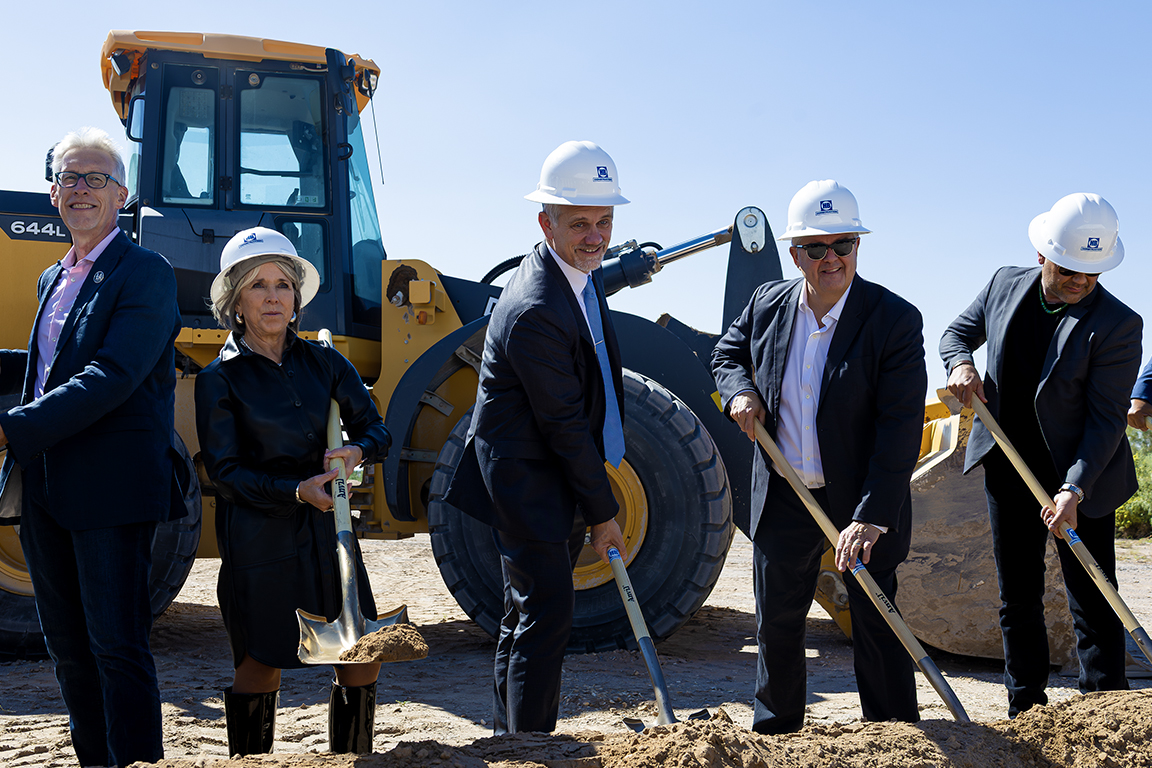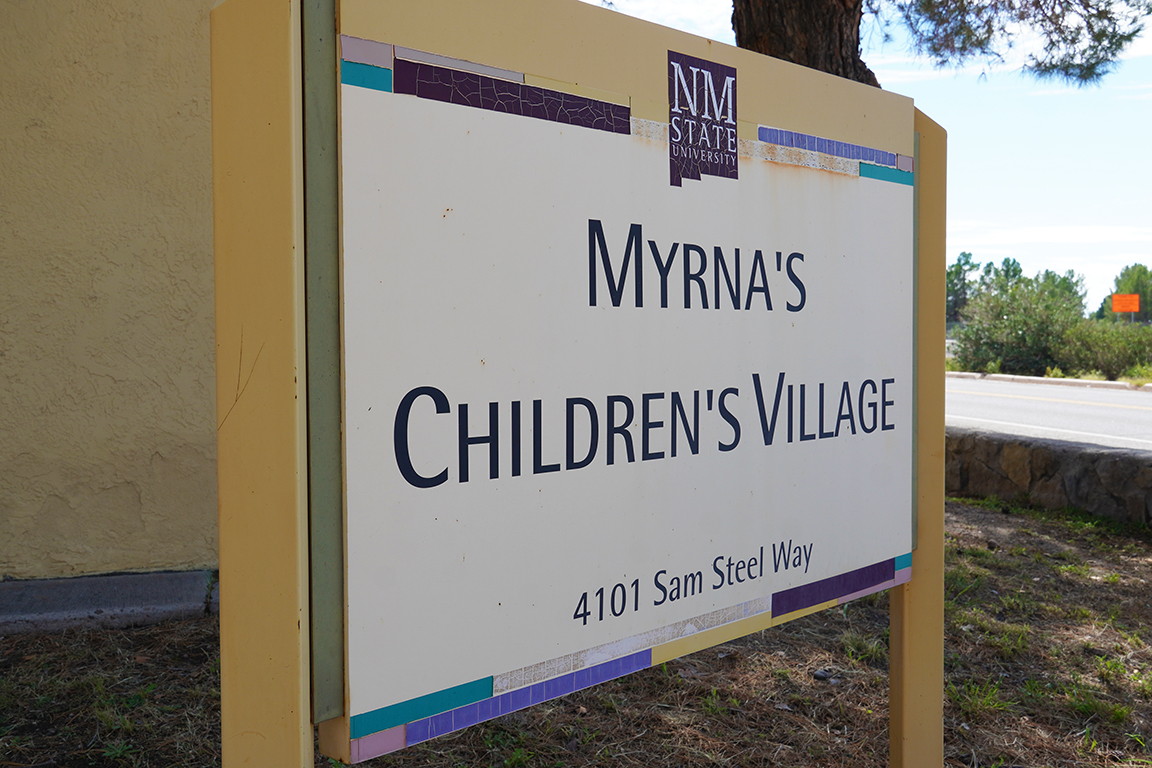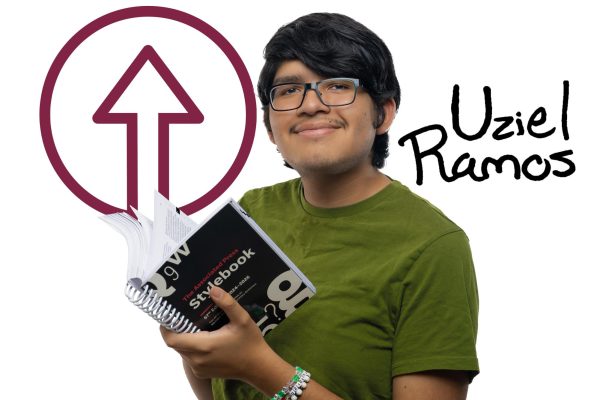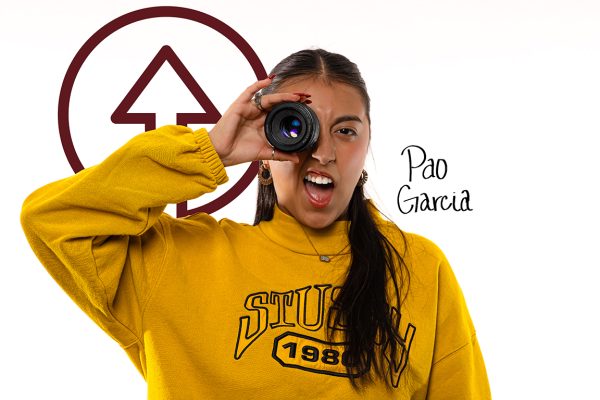New Mexico State University’s Kent Hall Museum welcomed visitors to the opening ceremony of “Ceramics and Culture: A Window Into Casas Grandes,” on April 17. The exhibit’s displays gave people a look into the world of a pre-Hispanic town through its recovered pottery, effigies, and other works of art.
Casas Grandes, also known as Paquimé, is the site of an abandoned Pre-Columbian settlement located in the Mexican state of Chihuahua. It was one of the major pueblos in the cross-border Mogollon culture. Professor and lead curator Heather Para led 10 student curators to gather artifacts and information, organize the displays, and paint the designs of the exhibit room’s walls. The team worked on the exhibit since the beginning of the 2025 Spring semester and finished two weeks before the exhibit opened.
Para explained that they chose to make the exhibit about Casas Grandes because most of the university’s own archaeological ceramics originate from that site.
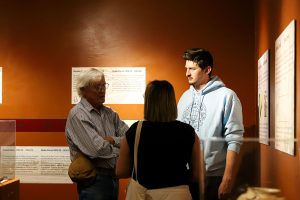
“This is all from our personal collections in the museum, “Para said. “We did not borrow anything from another museum or from any outside individuals. I wanted to feature some of our collection because we had such a volume and because it was a class project with students. I wanted there to be sufficient artifact that everyone got to participate.”
Student curator Sammi Burke helped write the text of the panels that were installed at the exhibition and explained her process of making each one.
“It mostly entailed reading articles, including some outside our assigned readings, or asking questions to some of the archaeology professors, and making sure that I really got my information right,” Burke said. “And then a lot of it, too, was finding pictures as little visual references to use for each of the panels, and it was a lot of fun.”
Student curator Alejandra Maese made a life-sized T-door model, which was a common doorway shape in the site, a timeline panel, and a 3D map of the ancient settlement. She said that the making of the map involved local resources on campus, as well as assistance from researchers in Mexico. Maese, also studied archaeology in Chihuahua, and her family comes from the region around Cases Grandes.
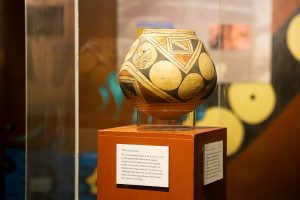
“I think that was actually the easiest piece of them all to make. We sourced information for the map from misiones coloniales de Mexico, and asked some friends that know more about the treaty if they could help us expand on that. Then, we printed the map here at the Emerging Technologies Lab at Branson Library. So, the map was made here in NMSU,” Maese said.
Maese said exhibits like this one were critical in educating people about the Pre-Columbian history of the Southwestern U.S. and Northern Mexico.
“It’s really forgotten by scholars on either side of the border,” Maese said. “Because when you are in United States and you think of Mexico, you think of the Maya and Mexica [Aztecs]. And south of the border, some scholars look at Northern Mexico and go ‘there’s nothing here, let’s just go with the Maya and the Mexica.’ So being able to highlight and give important space to this stuff helps show that there is a bunch of things happening here in this ‘middle’ area.”


